Braces: Fixed Appliances
Braces: Fixed Appliances
Metal, Ceramic & Lingual Braces: Fixed Appliances in Gosford, Erina, & The Central Coast
Braces (whether metal braces, ceramic, lingual or clear aligners like Invisalign), third molars, appearance and bad breath are just a few new things for your teenagers to worry about as they make the transition from childhood to adulthood. The best way for teens to enjoy a nice smile and healthy teeth is to start good oral habits as early as when their first permanent tooth comes out at age 5-6 years old.
Orthodontics is the branch of dentistry that focuses on treating improperly positioned teeth and jaws. In other words, they address and correct bite problems.
Who Needs Orthodontic Treatment?
Gapped teeth
Crooked/Crowded Teeth
Overbite
Underbite
Crossbite
Open Bite
Children With Narrow Dental Arches


Gapped teeth
Crooked/Crowded Teeth
Overbite
Underbite
Crossbite
Open Bite
Children With Narrow Dental Arches
Orthodontic Treatments
Metal Braces
Ceramic Braces
Invisalign
Orthognathic Treatment
Space Maintainers
Expanders
Functional Appliances
Metal Braces
Ceramic Braces
Invisalign
Space Maintainers
Expanders
Orthognathic Treatment
Functional Appliances

“Start Young!”
However, most treatment is done between the ages 11 and 14, depending on which teeth have come through and what stage of growth the patient is up to. Having said that, there is no actual age limit as to when an orthodontic treatment, such as braces or Invisalign, can be performed. There are usually several patients in their 60s and 70s, and even beyond, having active treatment in the practice at any given point.
A typical orthodontic case, whether it be with braces or aligners, usually takes around 18 months. Easy cases can take as little as nine to twelve months, while more complex cases may take about two years. Following active treatment, we would normally ask the patient to come back to the practice a few times a year for several years to check that everything is being maintained.
“Start Young!”

However, most treatment is done between the ages 11 and 14, depending on which teeth have come through and what stage of growth the patient is up to. Having said that, there is no actual age limit as to when an orthodontic treatment, such as braces or Invisalign, can be performed. There are usually several patients in their 60s and 70s, and even beyond, having active treatment in the practice at any given point.
A typical orthodontic case, whether it be with braces or aligners, usually takes around 18 months. Easy cases can take as little as nine to twelve months, while more complex cases may take about two years. Following active treatment, we would normally ask the patient to come back to the practice a few times a year for several years to check that everything is being maintained.
What to Expect?
There is certain information patients should be aware of before undergoing orthodontic treatment with braces. First, it can be more challenging to clean the teeth with braces on, so extra time should be spent brushing the teeth and the braces. If plaque is left in place for too long, it can damage the teeth.
Second, certain foods can also be difficult to manage. For example, if you bite into something hard, it might cause a piece of the apparatus to become unglued, which would require an extra visit to have it repaired.

What to Expect?

There is certain information patients should be aware of before undergoing orthodontic treatment with metal braces, ceramic or lingual braces. First, it can be more challenging to clean the teeth with braces on, so extra time should be spent brushing the teeth and the braces. If plaque is left in place for too long, it can damage the teeth.
Second, certain foods can also be difficult to manage. For example, if you bite into something hard, it might cause a piece of the apparatus to become unglued, which would require an extra visit to have it repaired.
Lastly, it’s normal for patients to experience some discomfort during the treatment, and this is more common at the start rather than at the end. As the teeth start to move, they can feel sore, and the metal braces themselves can rub on the lips and cheeks. This usually diminishes with time, and there are some helpful adjuncts like wax, which can be stuck on the metal or ceramic braces to make them feel smooth during the initial days. Some of these issues are almost eliminated with clear aligners rather than ceramic or metal braces, which is why they’re becoming a more popular treatment choice.
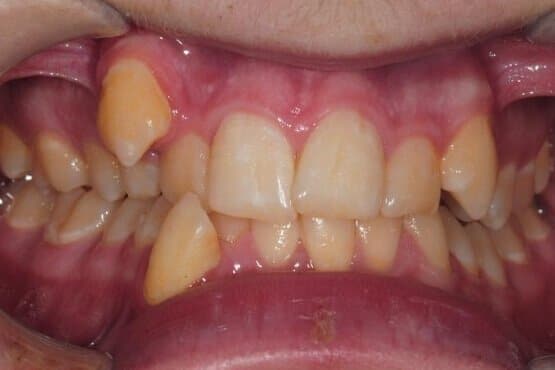
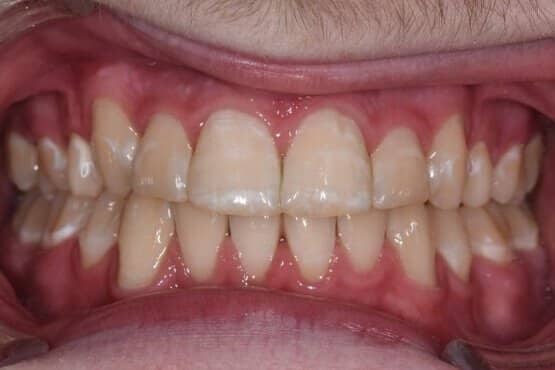
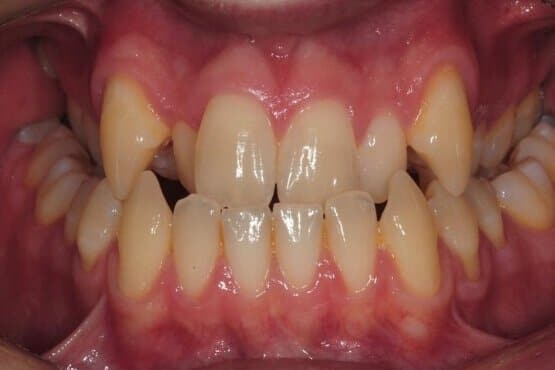
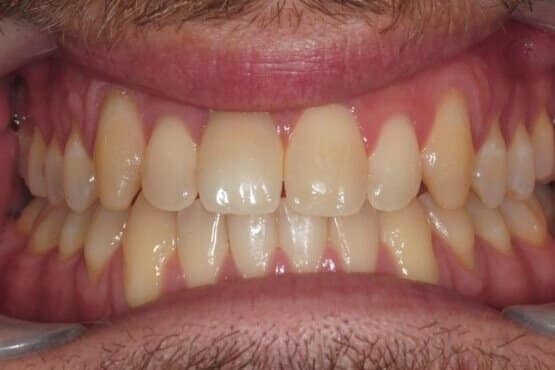
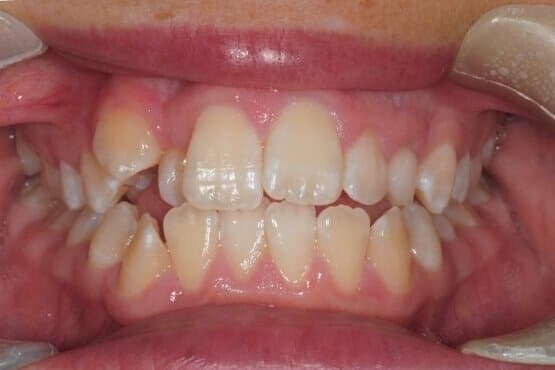


Contact Sports While Having Orthodontic Treatments
Teeth generally tend to be safer with braces or aligners in place, as they are all joined together. However, a knock to the mouth might still cause a cut to the lip or cheek. For this reason, those playing an active sport might consider using aligners rather than braces. However, even if you choose braces, it can still be protected using mouth guards.
Contact Sports While Having Orthodontic Treatments

Teeth generally tend to be safer with braces or aligners in place, as they are all joined together. However, a knock to the mouth might still cause a cut to the lip or cheek. For this reason, those playing an active sport might consider using aligners rather than braces. However, even if you choose braces, it can still be protected using mouth guards.
“I Want to Straighten My Teeth but Have Several Questions.”
If you want to start your journey to straighter teeth and a healthier smile, call us now or fill in the enquiry form below. Our expert orthodontists would love to look after you and your family.

“I Want to Straighten My Teeth but Have Several Questions.”

If you want to start your journey to straighter teeth and a healthier smile, call us now or fill in the enquiry form below. Our expert orthodontists would love to look after you and your family.

Download Our Price List
We understand some people can be concerned about cost of their / their child’s orthodontic treatment. At Central Coast Orthodontics, we want to ensure every patient can afford their best smile.
Simply click the button below and we will provide you with a competitive quotation based on our professional assessment of your individual situation.
Disclaimer: The material posted is for informational purposes only and is not intended to substitute for professional medical advice, diagnosis or treatment. Results vary with each patient. Any dental procedure carries risks and benefits. If you have any specific questions about any dental and/or medical matter, you should consult your dentist, physician or other professional healthcare providers.
